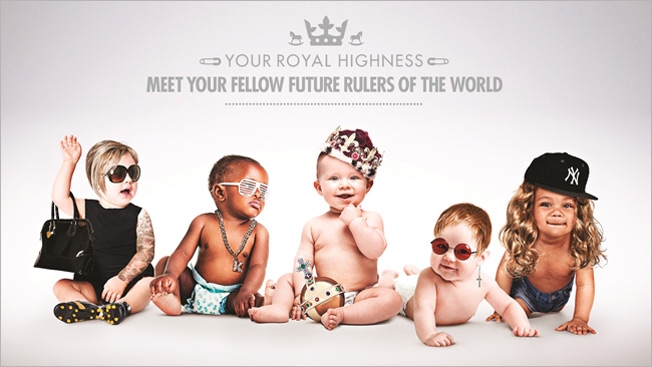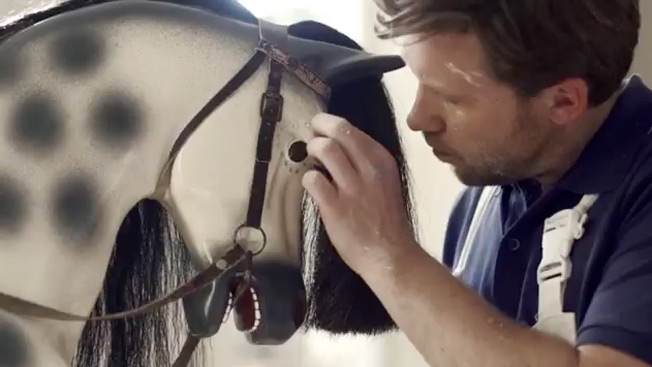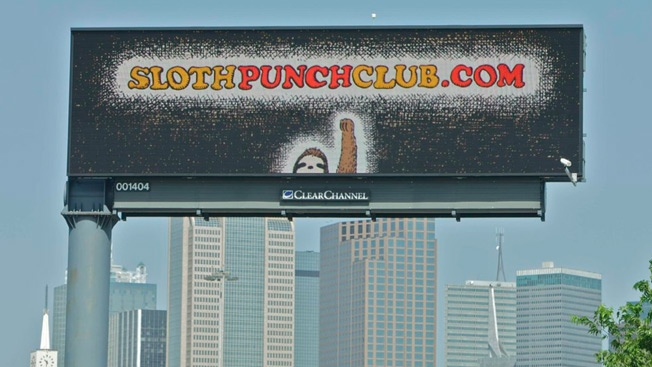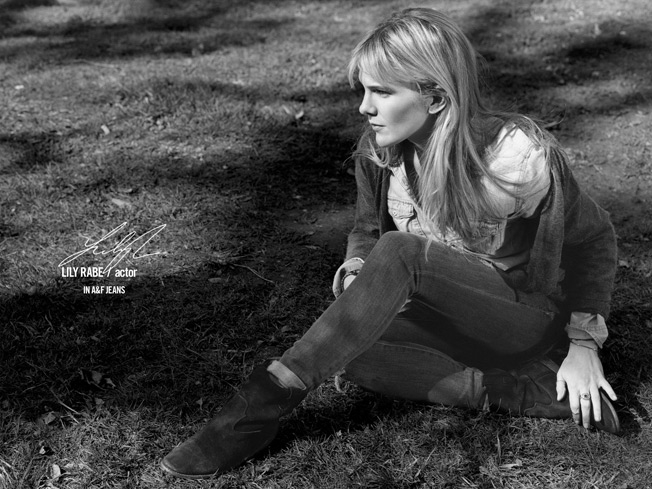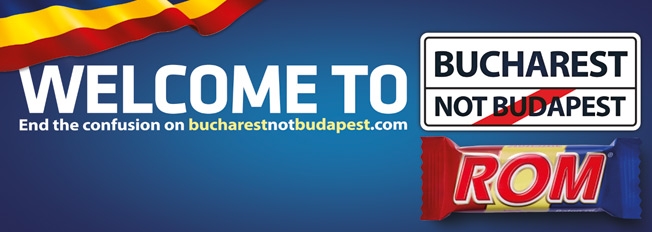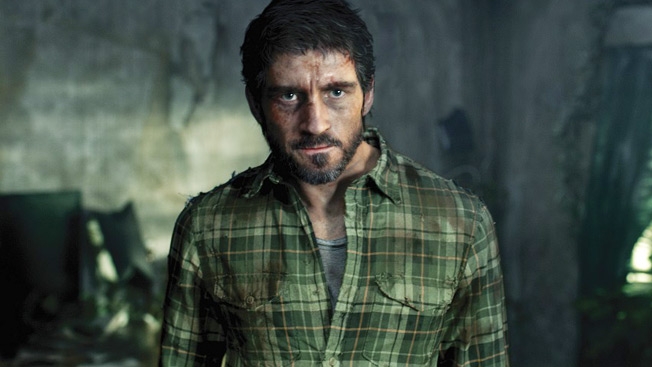![]()
It hasn’t been that long since Apple’s ads were considered as innovative and trend-setting as its devices. Every plucky exchange between pitchmen Justin Long and John Hodgman was greeted with bouquets. Every new iPhone spot earned praise for deftly fusing product functionality with consumer desire.
But lately, Apple’s marketing genius has fallen far from the tree, losing its lustre just as the company’s iconic image has dimmed in an aggressively competitive marketplace.
Much has already been made of the brand’s perceived weaknesses in the wake of founder Steve Jobs’ death. But nearly two years later, the question remains: Can the company ever hope to regain its once-indomitable position and creative mojo? “Apple is in a period of transition, almost in a state of pause, trying to figure out where it’s going, and the advertising reflects that,” says Tracy Stokes, a principal analyst at Forrester Research.
Apple’s campaigns once embodied the company’s confidence and sense of purpose under Jobs. Along the way, they helped build a hugely positive public perception of the brand and cement its status. The ads struck an emotional chord by showcasing Apple’s cool devices by way of witty banter, pointed humor and deceptively simple visual élan. Product wasn’t just the hero—product, for all practical purposes, was the brand. Long and Hodgman, remember, were human stand-ins in for machines, the former cast as the hip, efficient Mac, the latter as the lumbering, hapless PC. Meanwhile, ads for the iPhone had fingers dancing across a touchscreen, each function revealed like a movement in a high-tech symphony.
The latest pitch, “Designed by Apple in California,” launched last month by longtime agency TBWAMedia Arts Lab, also shows off the company’s products. Yet the devices are no longer front and center, nor are they particularly new or novel. Apple watchers say the current work reflects and reinforces the image of a company that has lost its way, not quite sure what its next move should be.
“Something has definitely changed,” says Judy Austin, associate professor of communications at Boston University and a former creative at agencies including Hill Holliday. “An infinite number of things, including ads, feed into Apple’s brand impression. Over time, it rose to mythic status. It’s like feet of clay.” Austin says from a consumer perspective, it’s disappointing to see the company lose traction, noting that over time, the slippage becomes cumulative, almost self-fulfilling.
Experts point to a number of factors taking their toll on Apple, including:
• Jobs’ death in October 2011 and subsequent questions about CEO Tim Cook’s leadership. Brian Colello, a senior equity analyst at Morningstar, says of replacing Jobs: “Obviously, it’s a difficult task. Cook is an operations master, but not necessarily a visionary.”
• The controversy surrounding working conditions at Chinese facilities of Foxconn, a major supplier of components to Apple and other tech companies.
• Apple’s slumping share price, recently hovering in the low $400s after hitting an all-time high of $705 last September.
• A lack of innovative new products, even as Samsung’s Galaxy S4, Google Glass and Android-driven devices gain traction.
• Downbeat forecasts from analysts that generally match Apple’s guidance of third-quarter revenue between $33.5 billion and $35.5 billion, which would be flat compared to the year-ago period and represent a slip in growth from Q2. (The company is set to release Q3 earnings tomorrow, July 23.)
A LESS-THAN-GRAND DESIGN?
At a perilous time in its evolution, some well-received advertising could help Apple regain much-needed momentum and put it into position to capitalize on product intros set for this fall. Alas, “Designed by Apple” has been judged inconsistent at best, while some assessments have been downright hostile. (Reps for Apple and TBWAMedia Arts Lab declined requests to be interviewed for this story.)
A 60-second spot dubbed “Our Signature” employs an ambient soundtrack and sentimental images of adults and kids using Apple products on the train, in school, at a concert and elsewhere. “This is it,” a voiceover begins. “This is what matters: the experience of a product. How it makes someone feel. Will it make life better? Does it deserve to exist?”
Another, “Intention,” keeps the music cues and overall tone but ditches the narration, letting flowing, monochrome animations of points, lines and ultimately words tell the story: “How can anyone perfect anything? We start to confuse convenience with joy, abundance with choice. Designing something requires focus. The first thing we ask is, ‘What do we want people to feel?’ Delight … surprise … love … connection. Then we begin to craft around our intention.”
Criticism of the campaign has been loud and steady. West Coast ad veteran Bob Hoffman, author of the blog The Ad Contrarian, summed up the prevailing sentiment thus: “It is worse than just inconsistent and unfocused—it is ineffective.”
The ads “are more about the corporation than the consumer,” adds Forrester’s Stokes. “They’re about why Apple matters instead of why the consumer should care.”
Tim Nudd, Adweek’s creative editor and editor of the blog AdFreak, wondered in a review: “Has the company simply lost its voice?” Nudd declared the copy awkward and the message convoluted. “They aim for poetry in the classic Apple style,” he writes. “But maybe it really isn’t the same company after all.”
Other recent executions have fared better, notably the evocative, 10-minute film Making a Difference One App at a Time, which takes a muted, documentary-style approach to illustrate how Apple products improve lives around the world. While the video has largely been praised, it’s a one-off, not a broad pitch like “Designed by Apple,” which presumably was created with the intention of sustaining and building the brand for the long haul.
BY THE NUMBERS
Judging an ad “good” or “bad” is, of course, highly subjective, and it is always a challenge to quantify creative and qualify brand image. Still, data from a pair of research firms confirm Apple is headed in the wrong direction.
“Our Signature” earned the lowest score among 26 Apple spots that broke over the last year, per Ace Metrix, which analyzes the effectiveness of commercials based on consumer surveys. The ad scored 489, far below the industry average of 542.
In fact, consumer perception of Apple’s TV spots has slipped for the past two years. The average Ace score for iPhone ads is currently 554, down from a 2011 average of 614. Apple’s average score for ads for hardware like the iPad and MacBook is 522, a 45-point slip from a 2011 average of 567.
By way of comparison, Samsung, one of Apple’s fiercest competitors, has produced 10 ads since May with an average Ace score of better than 600. (To be fair, Samsung airs many more ads than Apple, and some of its spots have scored below 500.) Samsung also outpaced Apple in YouGov’s midyear survey tracking brand buzz.
“Samsung is the strongest international performer for the second year running,” declares YouGov, and is a top 10 brand among consumers in 11 of the 14 countries monitored. Samsung ranked first among domestic telecom and technology providers, with a YouGov BrandIndex score of 21.7, topping second-place Apple at 17.3. Samsung’s Galaxy was rated No. 6 among products gaining buzz in the U.S., while no Apple product made that closely watched list. (YouGov defines buzz as a net score based on whether consumers hear something positive versus something negative about a brand through ads, media coverage or word of mouth.)
“The last two years of activity in smartphones has proven the danger of resting on one’s laurels,” says Matt Jarvis, a partner at Samsung Mobile’s lead creative agency 72andSunny. “The pace of culture and society is very punishing to brands that can’t consistently deliver innovation. Regardless of past experience, people move on when you don’t deliver the goods.”
APPLE'S CORE VALUES
In a sense, Apple is a victim of its own success. It represents an ironic inversion of the state of the world portrayed in the brand’s legendary “1984” Super Bowl spot in which the company convincingly cast itself as the rebel, seeking to free us all from the tyranny of Microsoft.
Now, Apple is so dominant that its voice-activated assistant Siri gets tweaked in biting Microsoft spots comparing Dell’s XPS 10 tablet to the iPad, while Samsung ads feature disgruntled fanboys waiting in line presumably for the latest Apple product while admiring cool Samsung devices being used by others.
And though Apple once rocked the music scene with the iPod and iTunes, Samsung has stolen its thunder. On July 4, the first 1 million Galaxy users to download a special app got Jay-Z’s new album for free, three days ahead of iPhone users. Meanwhile, Samsung’s three-minute promo spot featuring Jay-Z and other artists in a casual studio gathering discussing music, creativity and life surpassed 25 million YouTube views in just a month.
“Now they [Apple] are the Goliath—now they are the one being challenged,” says Lance Jensen, CCO at Hill Holliday, who has experience with the ebb and flow of iconic brands from his tenure on Arnold Worldwide’s “Drivers Wanted” campaign for Volkswagen.
So what can Apple do to juice up the brand?
Ad experts urge a return to Apple’s core values, and renewed focus on products and their functionality while eschewing overly aspirational appeals. “You cannot talk about innovation in the past,” says P.J. Pereira, CCO at Pereira & O’Dell. “Rule No. 1 about innovation is don’t talk about innovation—show it.”
Pereira is both an Apple fan and a competitor, as his agency fashioned the “Beauty Inside” episodic social film for Intel/Toshiba, a Grand Prix winner this year in the Cyber category at Cannes. He’s bullish on Apple’s marketing prospects. “I’m very confident [because] part of the [creative] process is taking risks, taking time to explore different territories,” he says. “Apple is trying to explore what is next for the brand, to try something different for themselves.”
FALL PRODUCT PUSH
The dearth of new Apple products is perceived as one of its biggest problems. That will change this fall, with releases that include the iOS 7 mobile operating system (possibly running on the new iPhone 5S and/or iPhone 6, though Apple, in typical fashion, has been mum); a Pandora-like music service called iTunes Radio; OS X Mavericks, an enhanced op-sys for desktop units; and a new MacBook Air boasting all-day battery life. (There’s also the long-rumored iWatch. A possible glimpse of the device in a May TV spot touting the iPhone 5’s music functions briefly set the social sphere ablaze. No word on when we might be wearing Apple on our wrists, though.)
“It’s been a while since I’ve felt that big New Apple Thing Thrill,” says Angela Natividad, blogger at AdVerve and digital strategist at agencies including Darewin and E2C2. “But I will say the new iOS gets me curious.” Natividad notes that it is the first major design statement—and departure from Steve Jobs’ aesthetic—since his death. “For me, this is the cue to watch for what comes after. There may be surprises there,” she says.
While neither Apple nor TBWA offer a clue about what we might see in terms of advertising, the agency did provide a statement from the legendary Lee Clow, chairman of Media Arts Lab and director of media arts for TBWAWorldwide. Says Clow, whose association with Apple dates back to the epic “1984” spot: “Apple is one of the great, pure brands in the world. It was built on world-changing genius and a passion for perfection. Apple created products that changed all of our lives. The fact that competitors now make similar products, many would argue not quite as good as the originals, only means Apple now has competition. OK. Competition is what makes products better, and great brands stronger. So Apple will continue to invent. And our job continues to be reminding the world why only Apple is Apple.”
And the brand’s future may well depend on it.
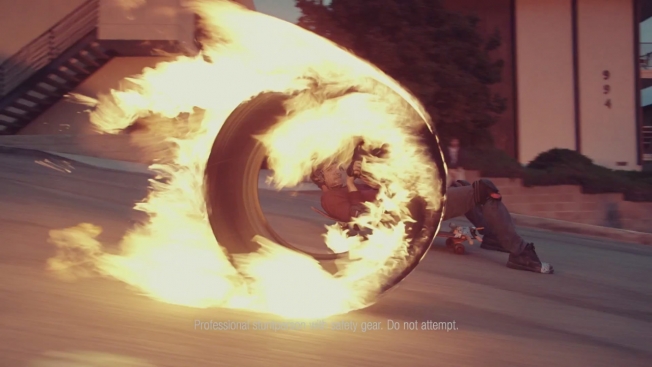
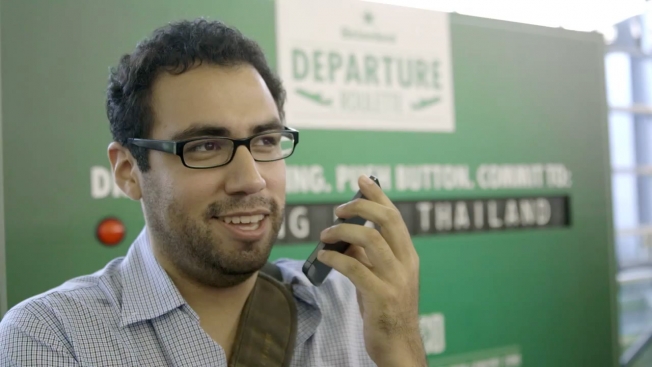
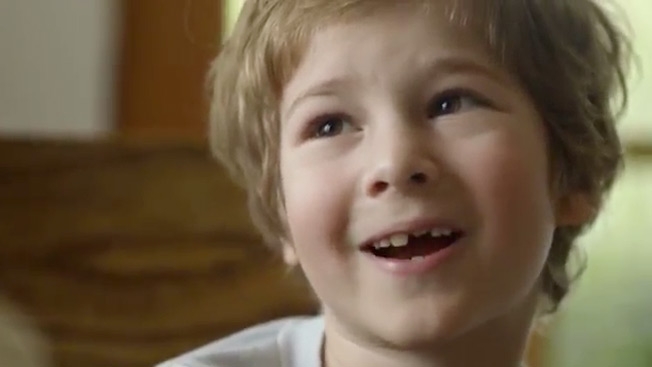
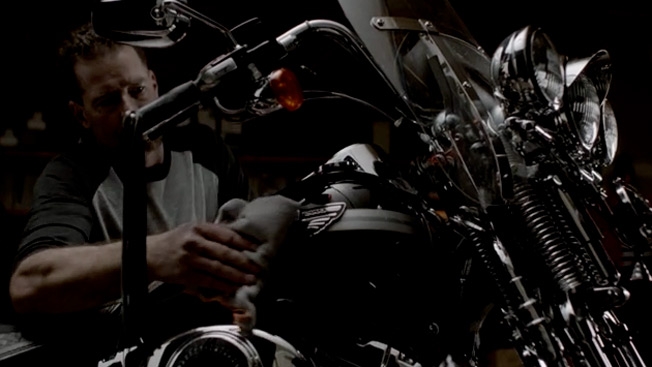
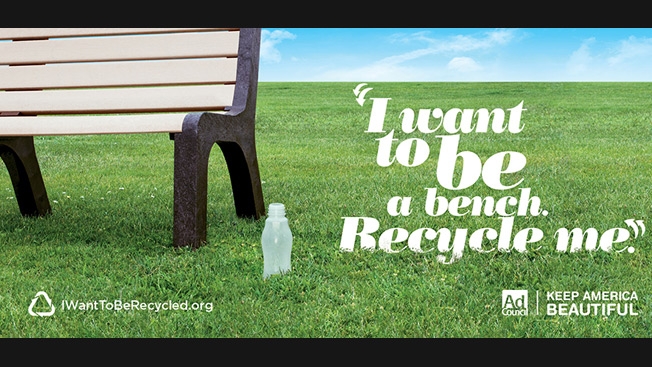


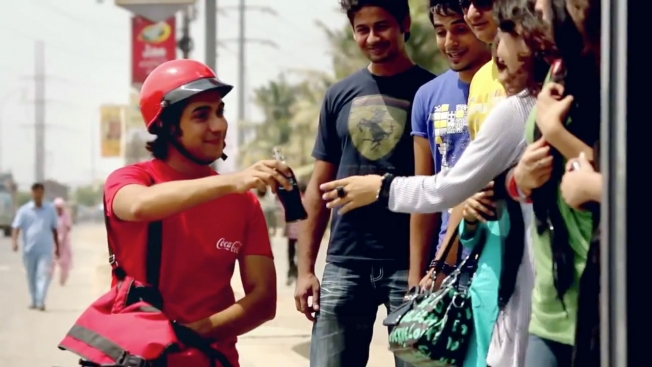
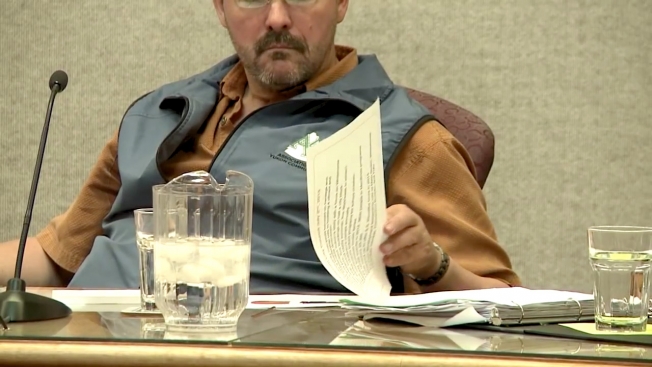
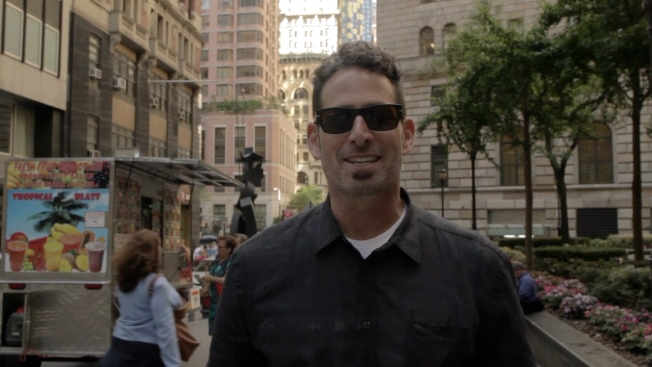
 I’ve always believed that happy people have the ability to achieve extraordinary things. And in the business world, happy employees equal happy clients, and that’s not just good for business, it’s good for personal well-being, too.
I’ve always believed that happy people have the ability to achieve extraordinary things. And in the business world, happy employees equal happy clients, and that’s not just good for business, it’s good for personal well-being, too.

